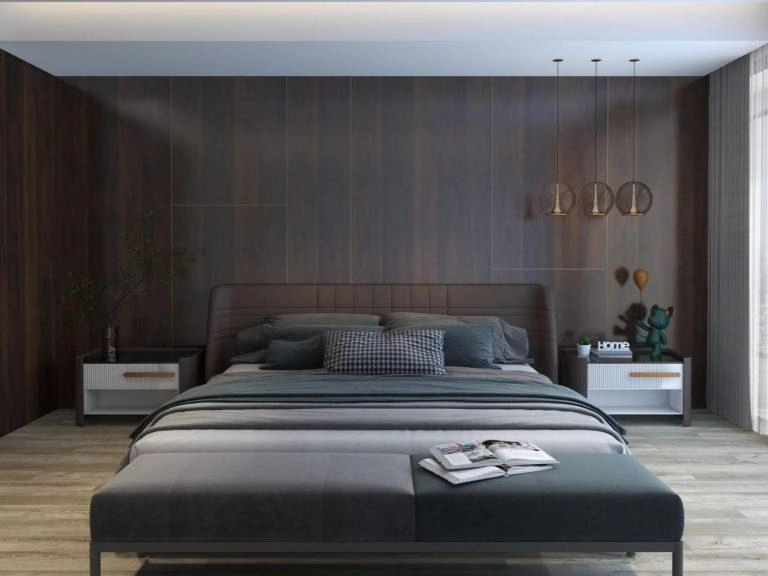According to statistics, the golden time for fire escape is only 90 seconds in most cases, with general residential buildings providing 2 to 3 minutes, and high-rise buildings offering 5 to 6 minutes. With the rapid development of the global construction industry, the demands for building materials have also increased. Among them, flame retardant boards have gained significant attention and wide application across various sectors such as construction, interior decoration, and furniture due to their excellent fire resistance, environmental performance, and decorative effects. The market size of flame retardant boards continues to expand, and the demand is growing rapidly.
Against this backdrop, the Latitude A-Class Flame Retardant Board has emerged. It meets North American A-Class flame retardant standards, providing true protection for life and property safety.
Latitude A-Class Flame Retardant Board VS. Regular Wood Veneer Flame Retardant Board
Regular Wood Veneer Flame Retardant Boards in the Market:
Although regular wood veneer flame retardant boards offer significant fire resistance, they still have some disadvantages in practical applications.
Firstly, cost is one of the main factors restricting their widespread use. Due to the need for additional chemical treatments and processing, the cost of flame retardant boards is typically higher than that of regular wood or fiberboards, making them less attractive to cost-sensitive consumers or businesses.
Secondly, the flame retardant treatment may affect the physical properties of the material. While the fire resistance of the boards is improved, their strength and toughness may slightly decrease, which can limit their use in areas where high material performance is required.
Additionally, some flame retardants may be harmful to the environment, raising concerns about the environmental performance of these boards.
Latitude A-Class Flame Retardant Board:
In response to the disadvantages of regular flame retardant boards, the Latitude A-Class Flame Retardant Board has achieved significant improvements in fire resistance through advanced production processes and high-quality raw materials. It has also made notable progress in terms of environmental friendliness and physical properties. By upgrading the technology and revolutionizing the original formula, followed by extrusion molding, this process not only ensures the uniformity and stability of the boards but also enhances their flame retardant and physical properties.
1.Raw Materials
The Latitude A-Class Flame Retardant Board uses high-quality natural minerals such as magnesium, silicon, and calcium as the primary materials. These materials not only offer excellent fire resistance but also have waterproof, moisture-resistant, and antibacterial properties. Additionally, all of these materials are renewable resources, meeting environmental protection requirements.
2.Fire Resistance
In terms of fire resistance, the Latitude A-Class Flame Retardant Board meets the North American A-Class flame retardant standard. This means that in the event of a fire, the board can significantly slow down the burning speed and reduce the spread of flames, providing valuable time for personnel evacuation and firefighting efforts.
3.Physical Properties
Regarding physical properties, the Latitude A-Class Flame Retardant Board ensures strength and toughness through scientific formula design and precise manufacturing control. This allows the board to be widely used in areas that require high material performance.
4.Environmental Performance
The Latitude A-Class Flame Retardant Board truly excels in environmental performance. Its formaldehyde level is ENF grade, far below national standards. Additionally, environmental protection and resource utilization are prioritized during production and processing, reducing pollution and waste.
Fire is merciless, but fire prevention comes first. The Latitude A-Class Flame Retardant Board builds a protective wall for life safety!






